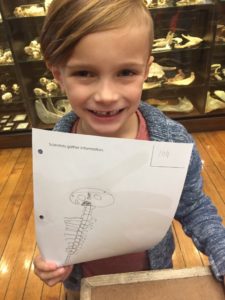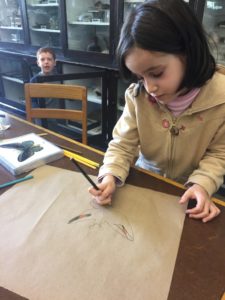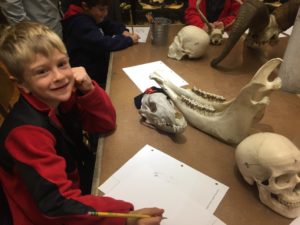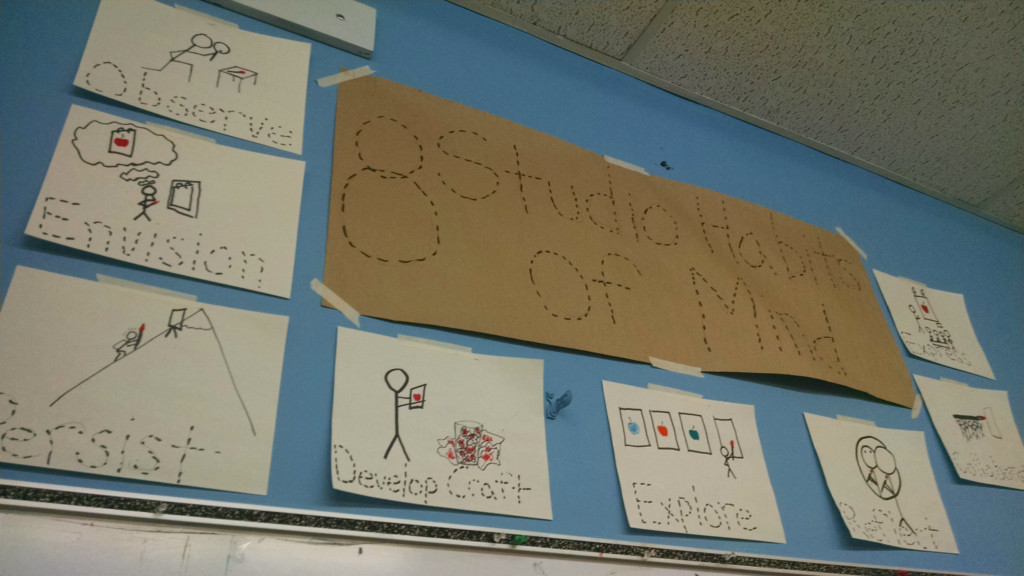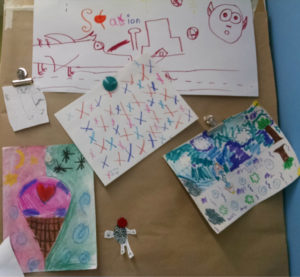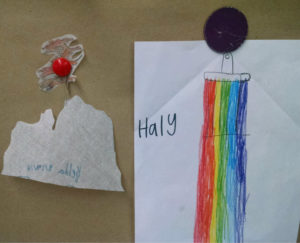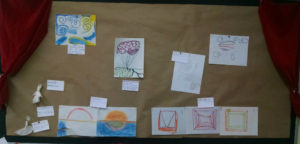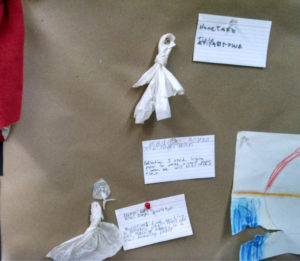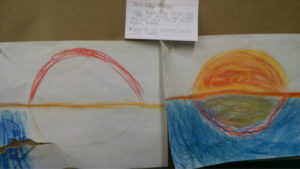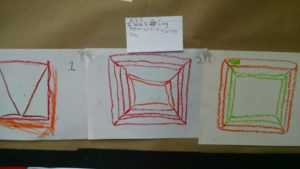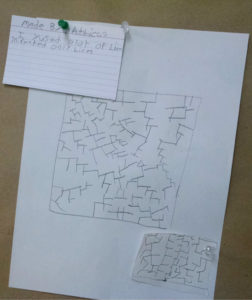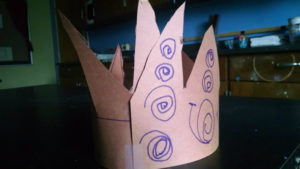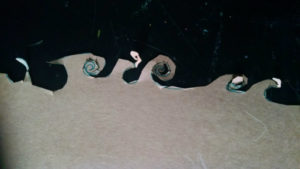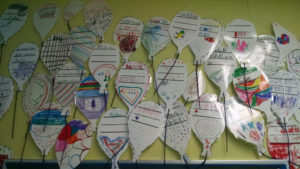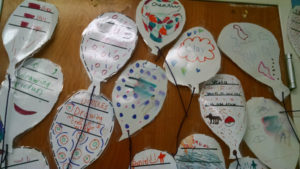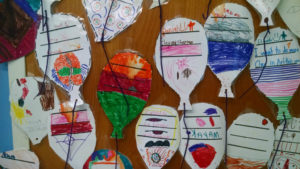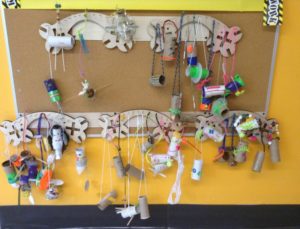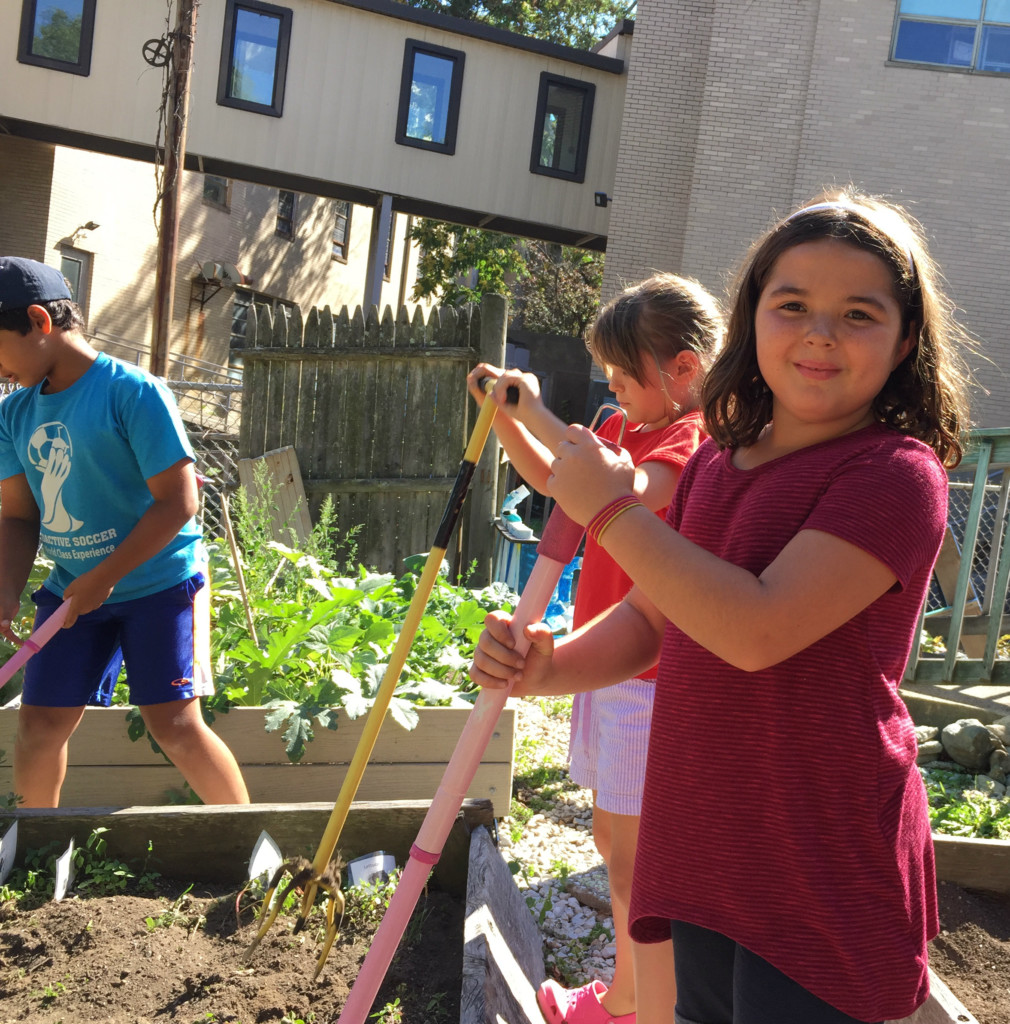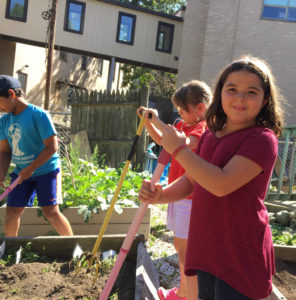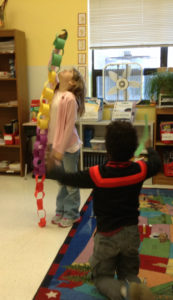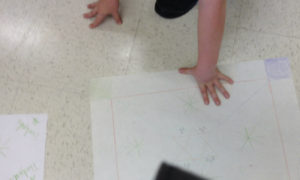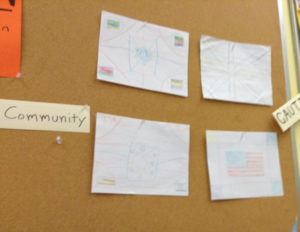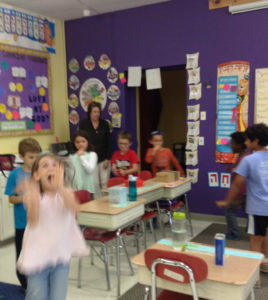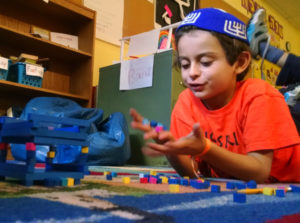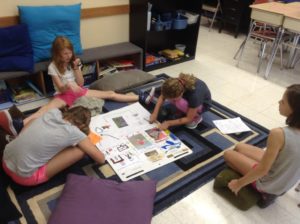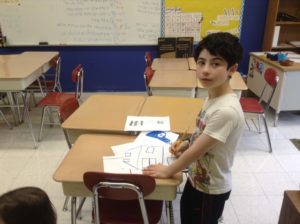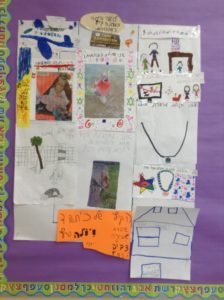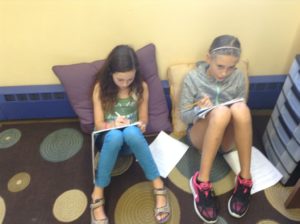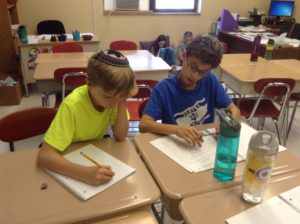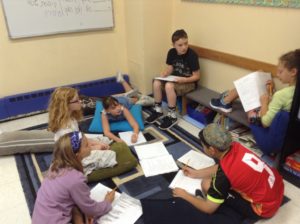Follow the money!
Let me explain. Schools are big business. Each year they invest in new computers, software programs, textbooks, health insurance, pencils, toilet paper, bagels — you get the picture. It takes a lot to support the 50 million students that are in K-12 schools each year. And landing a contract to supply anything from textbooks to tomato paste is a big deal to companies — especially companies that produce textbooks and curriculum. Houghton Mifflin Harcourt, for example, had 1.4 billion dollars in revenue in 2014. McGraw-Hill had revenue of over 2 billion dollars. Pearson earned a whopping 7 billion dollars in income in 2014 — $1.7 billion from educational testing alone! As a good American capitalist, I have no problem with these companies doing everything they can to earn a buck, and yet, as an educator, parent, and educated consumer, I am obligated to think carefully about what they are offering and why. 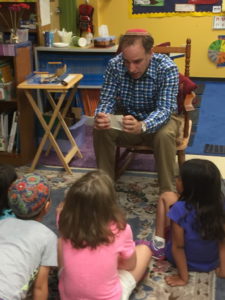
So what are they offering? Each of these companies scrambles to produce material that will meet the newest requirements. Most recently, these companies have created materials to meet Common Core Standards. Common Core, at its root, is a beautiful thing! It comes out of a desire for equity so that no matter where a child goes to school — from the most affluent to the most economically depressed — each school, class, teacher, and student will be exposed to the same set of skills in the same order. No longer will disadvantaged kids suffer from bad or inexperienced teachers! The Common Core will provide everything each student needs to succeed. The companies that create curriculum then step forward with their material which correspond perfectly with the Common Core Standard. Don’t worry if your teachers are inexperienced, unsupported or just bad with children! Our curriculum is foolproof. It is structured and scripted so that any person that can read can teach the curriculum in the very same way in each school. Our schools will become a model factory system designed to create successful students ready to work in the 21st century, and no child will be left behind.
It would be great if it worked.
The problem is that students are people. And people are funny because, as the saying goes, you can lead a horse to water but you can’t make it drink. You can make children sit in a classroom all day, but you can’t make them learn. Learning is an internal process, so students need to be motivated and open to in order to learn. Unfortunately, motivating children is not always so easy. So to get students to learn, we are left with tough options. We can pressure them through threats (do your homework or you will have to stay in for recess, or get good grades or you will never get into college) or we can hope to inspire (external influence) students so they are motivated (internal feeling) to learn. The problem is, if we are expecting page 31 of unit 3 of book 4 of our curriculum to inspire students, we are probably going to be sorely disappointed.
Daniel Pink, in his book on motivation, DRIVE, identifies three core elements that motivate people. They are Autonomy, Mastery, and Purpose. The fact is, if teachers are compelled through state-mandated, high-stakes testing to stick to their scripted curriculum, how are they ever going to inspire students to work as hard as it takes to get great results? How can a scripted, one-size-fits-all curriculum manage to give students autonomy over whey are doing and learning, mastery of skills that require time and practice, and purpose related to their world and personal experiences?
“But wait,” our publishing friends will interject, “not every teacher is going to be inspiring! Some will be quite dreadful, and don’t the kids in THOSE classes deserve a chance too? Our curriculum might not be inspiring, but at least we will cover every standard!” You see, it’s not a conspiracy theory to see that curriculum developers have an incentive to keep teachers down. The less training they have, and the less we trust them, the more we will come to rely on their thorough, yet dull curricula.
It’s all about the teachers
It’s not about the standards, or the curriculum, or the funding, or the administration. It’s all about the teachers. Teachers are the ones that make learning come alive — or the ones that kill it. I am just coming back from the EL Education Conference where I had the opportunity to ask many extraordinary educators about things they have done for which they are proud. Consider the following:
- A school in Utah was learning about how children all over the world access books. They then realized that in their rural community many families don’t have access to libraries. They lobbied local politicians to ask them to put “little free libraries” in their front yards, built and installed the libraries, and stocked them with books.
- Another school in Utah that carefully studies and monitors a river across the street. When this year there was an algae bloom, they began to study the algae and its effects on the wildlife. They then presented their findings to the mayor’s office.
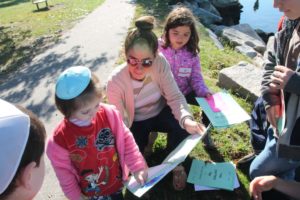
- A third grade class that was studying the five senses, and became so interested in the connection between the brain and the senses, began dissecting sheep brains, eyeballs, and nerves.
- A class of high school students in Michigan was studying civil rights, which led them to read the FBI’s official investigation of the Ferguson Police Department.
- A group of high schools students in Wisconsin who were studying the impact of conflict decided to interview and make documentary films about veterans and their families. They then appealed to the city and got permission to create a memorial in a park across the street, created a memorial 5K run and gave the profits from the run to a non-profit supporting veterans.
- At our school, 5th grade students wanted a fish tank, but instead of buying the fish tank the teacher asked the students how they could earn a fish tank. The students ended up creating a pickle factory and selling jars to make the money for the tank. In the process, they researched, pickled, tasted and tested multiple recipes before they chose their favorite. They made spreadsheets to compare the prices of the ingredients, called farms and stores to negotiate prices, determined the expense per unit and sale price, and used photoshop to create labels for the jars. When they had sold all their jars, they paid the classroom budget back for the ‘loan’ and used the proceeds to buy the fish tank!
- Also at JCDSRI, 5th grade students engaged in a cross curricular study of the Exodus narrative, slavery and child labor. They decided to try building bricks using sand, concrete and clay, and half-gallon milk cartons as molds. With the bricks, they built an oven in our parking lot. With the oven, they created a matzah factory which every grade in the school used to bake their own matzah. In a unit full of deep and meaningful learning, perhaps one of the most striking moments occurred when a student came home from school with red, scraped and sore hands from making bricks and his mother became concerned that the school had “done this” to him. She told her son, “I’m going to call your teacher to say this is NOT ok.” “Don’t you dare!” he told her. “There are children in India that have to do this every day. I only had to do it today!” Instead she wrote to the teacher explaining how their whole family had been transformed by the activity.
Each of these courses of study were unique, authentic, and gave students real world experience. Many of them were related to local issues and issues that were brought up by the students themselves. And while each of them may have started with an established curriculum, the learning got really meaningful, exciting, and transformative when the teacher went OFF the written curriculum and created something new. This is often known in the education world as “emergent curriculum” and it requires a skilled, thoughtful, and committed educator to build the curriculum anew each year.
Teachers are expensive. Of the trillion or so dollars we as a country spend each year on education, the lion’s share is on teachers. It’s clear that if we want to lower our expenses, cutting the fattest line of the budget is the easiest place to start. As I mentioned, curriculum writers would have us believe that if we buy their books, we won’t have to rely on teachers so much. But they weren’t the only ones with a solution. Dozens (hundreds?) of companies have developed apps to customize instruction so students can move as fast or as slow as they would like. Brilliant educators such as Salman Kahn have developed online libraries of free instructional videos so that students can listen to lectures at home and work at school — the “flipped classroom.” Each new entrant wants to disrupt the education world and make a killing by helping schools reduce their salary line. It would make sense too, if teachers weren’t so important!
Part of the problem is that we still view teachers as content delivery systems rather than skilled operators and learning coaches. We don’t give teachers enough credit for being professionals and experts. I’ll give you an example: imagine you are going to see a doctor about a condition. “Here is the situation, Mr. Smith,” she begins. “We are at a critical juncture. If we don’t take immediate action a delay of treatment could affect the rest of your life. The process we must take is quite complicated as the condition itself displays itself very differently in almost all people. So we have some good news and some bad news. The bad news is, I am new at this, I have received very little training since I went to medical school, and I’m only really allowed to read out of this book here. The good news is, I’m told it’s the very best book out there so if I follow the step-by-step directions just so, you should end up just fine!” You get the idea.
If teachers are treated like content delivery systems only, then I have to agree, using videos or scripted curriculum might be the right idea. But that will never generate great learning. When schools can adapt to students’ passions and interests, inspire them to create meaningful high quality work, allow them to impact the real world in meaningful and ethical ways, create cultures of rigor and joy simultaneously — then there will be profound and transformational learning — and that’s all about teachers, teachers, teachers.
Advice for Administrators
In my opinion, hiring the right teachers is the single most important activity a principal, division head, or administrator can do. These are the people in the trenches with us. They are the ones pulling the rope in tug of war. They are the links of the chain. One great teacher can lift up the spirits of a school, just as one negative teacher can drag your whole team down. So my advice is as follows:
- Advertise for the right candidates. Don’t waste your time trying to get as many applicants as possible. Take your time in writing up your job description so it illustrates your school and the position as clearly as possible. Attract applicants that are already predisposed to success in your school, and scare away the ones that will struggle.
- Ask for a writing sample. Your teachers will be communicating with families a LOT. Emails, blogs, newsletters and report cards represent your school. Make sure your teachers can communicate clearly in writing.
- Set up model lessons and interviews. Get a deep sense of who these teachers are, how they work with children, how they will work within a team that relies on one another, and how they will talk to parents. Make sure teachers have a growth mindset and are willing to give and take feedback. Have a team of people observing and interviewing so your team is committed to the hire.
- Have a second round. Take as much time as you need to get the right person for the job. Measure twice, cut once!

Administrators also have to train and support teachers without getting in their way. Teachers, like students, need to feel a sense of autonomy, mastery and purpose:
-
- Say “Yes.” Allow teachers to take their classes off the beaten track. Support and encourage their wild idea. When things fail, take it in stride, learn from their mistakes, and keep going.
- Support them in attending Professional Development. Ensure they are getting PD in areas that support and bolster the mission of the school.
- Build a culture. There is an expression in business that “culture eats strategy for breakfast.” Build a culture in which teachers understand, embrace and support the mission of the school. Ensure that teachers support and trust one another. Build a safe culture in which teachers can come for support and advice from one another and their supervisors. To be a school of excellence, you need everyone’s oars in the water and have everyone paddling at the same time!
- Make time for teachers. Whether it’s the head of school, a principal, director of academics, it’s important that teachers are getting the individual feedback, guidance, and direct instruction they need to grow as educators. Schools can easily become siloed, with administrators bound to their desks answering emails (guilty) and teachers disconnected from one another, and everyone guessing or assuming what excellence should look like. Building a coherent mission-based vision requires building relationships between all parties, and that takes time sitting together!
In my next blog post, I will be naming the most frequent critiques, concerns and questions about this kind of “progressive,” “constructivist,” or “emergent” curriculum and providing solutions and resources to support teachers and administrators in their practice. If you have questions or concerns you want addressed, feel free to leave a comment below!

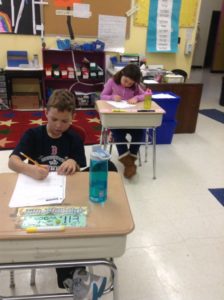
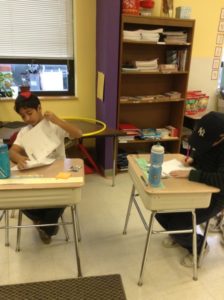
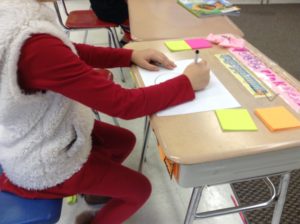

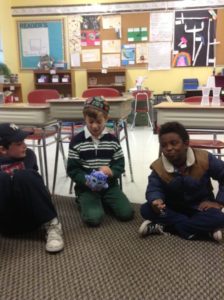

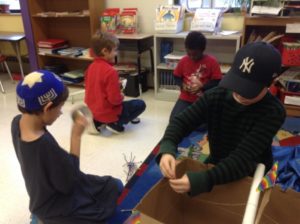
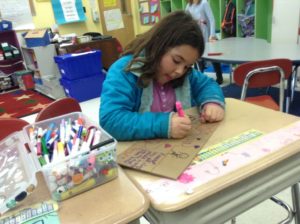
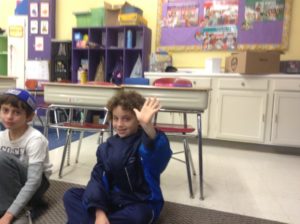



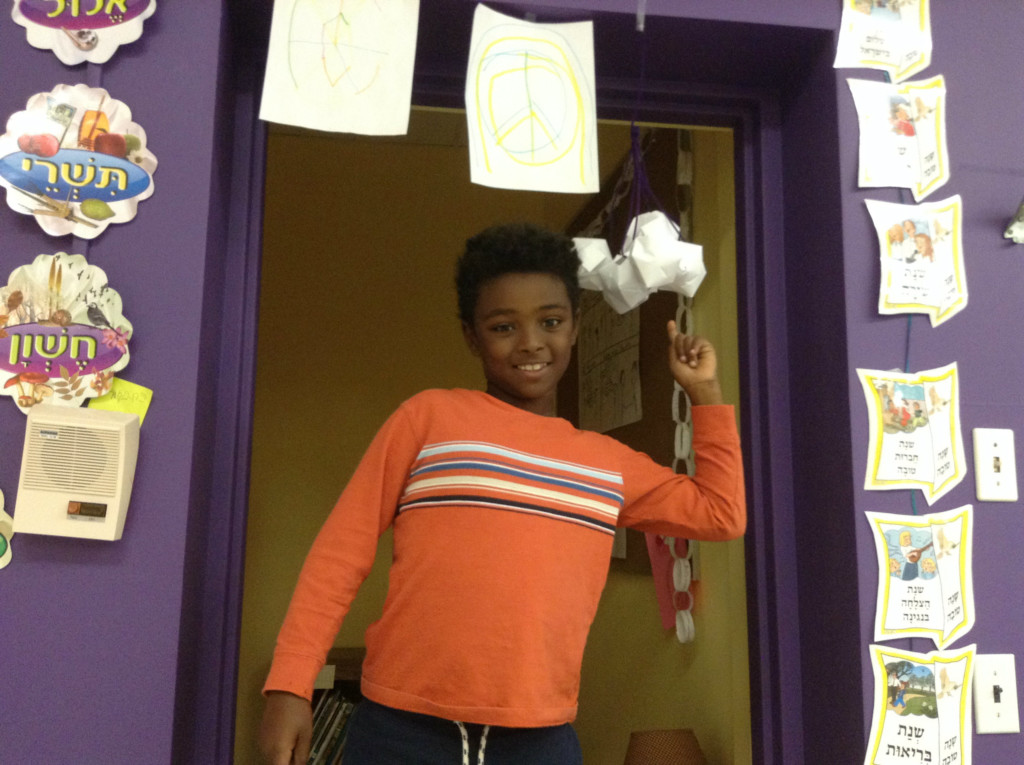
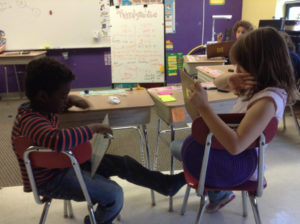
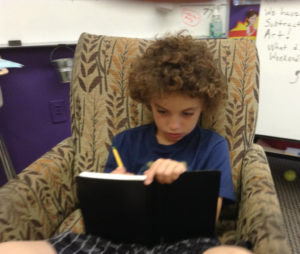
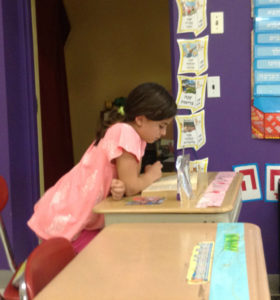

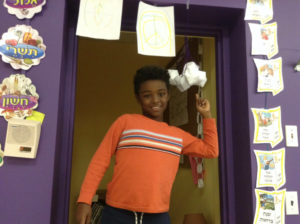

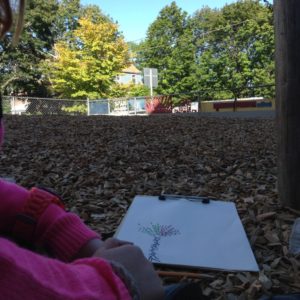
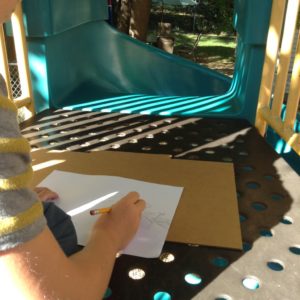
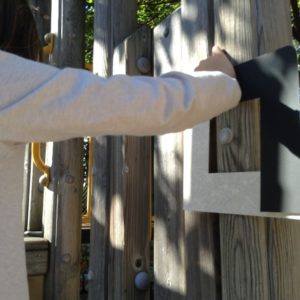
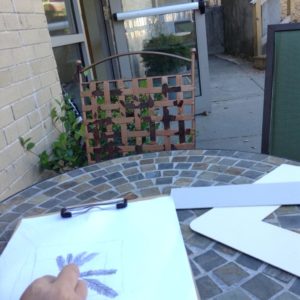
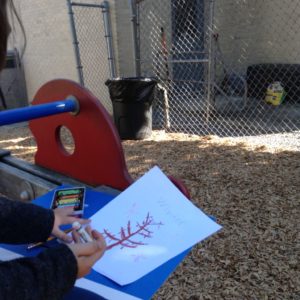
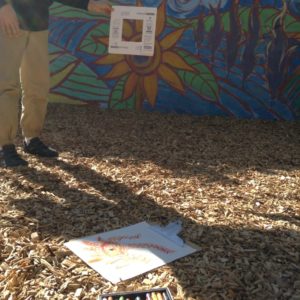
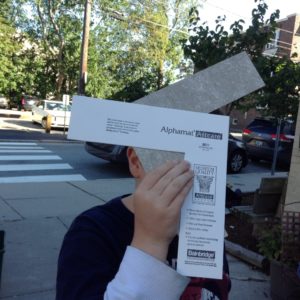
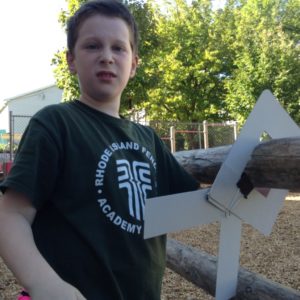

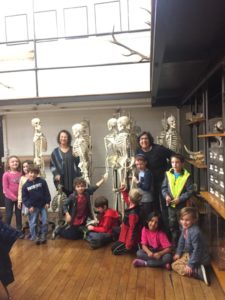 As part of “learning by doing,” first-grade scientists kicked off the unit on bones with a visit to the RISD Nature Lab. At the Lab, surrounded by skeletons, skins, seeds and shells, the students first observed specimens and then drew them. This visit and activity allowed us to actively study not only bones but also many other items, ranging from butterflies to minerals, and then to sketch them through “observational drawing.” On our visit, we touched many natural objects, such as spiders and snakes, and then organized and reflected on our obs
As part of “learning by doing,” first-grade scientists kicked off the unit on bones with a visit to the RISD Nature Lab. At the Lab, surrounded by skeletons, skins, seeds and shells, the students first observed specimens and then drew them. This visit and activity allowed us to actively study not only bones but also many other items, ranging from butterflies to minerals, and then to sketch them through “observational drawing.” On our visit, we touched many natural objects, such as spiders and snakes, and then organized and reflected on our obs